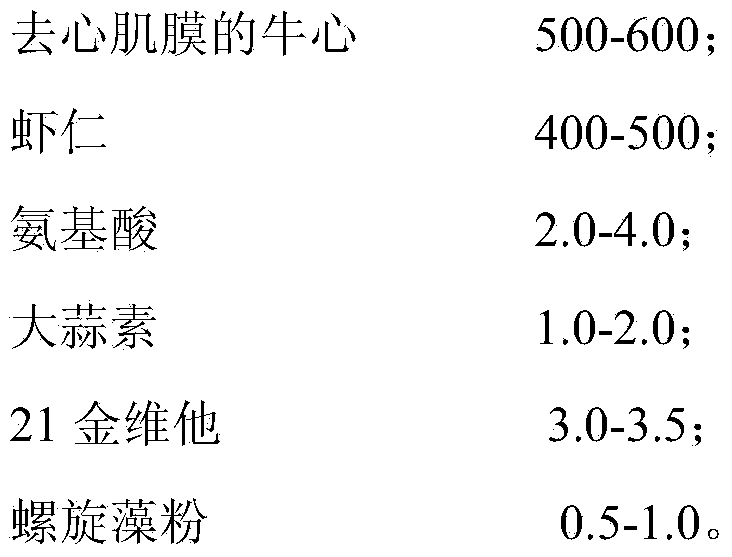Symphsodon discus breeding and fish larvae culturing method
A technology of seven-color angelfish and breeding method, which is applied in the field of breeding of seven-color angelfish and breeding of larvae and juveniles, which can solve the problems of no uniform standard for breeding methods, uneven quality of larvae and juveniles, and slow growth, so as to improve the survival rate , low cost, and the effect of promoting rapid growth
- Summary
- Abstract
- Description
- Claims
- Application Information
AI Technical Summary
Problems solved by technology
Method used
Image
Examples
Embodiment 1
[0058] Carry out the breeding of seven-colored angelfish and the culture of juvenile fish with the aforementioned method: the lower body length of the larvae is 13.35±3.21mm, and the body weight is 0.24±0.09g. After feeding Artemia nauplii for 18 days, the average body length was 25.12±5.36mm, and the average body weight was 0.81±0.25g. Afterwards, they were fed with frozen Daphnia spinosa. After 20 days, the average body length was 56.67±10.36mm, and the average weight was 7.18±1.76g. Then switch to feeding artificial bait. When juveniles grow into juveniles, the feeding amount of artificial bait is increased to 4%-5% of juvenile body weight until adult fish are raised. Feeding biological bait and artificial bait alternately in this way is beneficial to the growth and development of larvae and juvenile fish, and improves the disease resistance and survival rate of larvae and juvenile fish. The survival rate of small fish raised by this method is 95.8%. The nutritional needs ...
Embodiment 2
[0060] Carry out the breeding of seven-colored angelfish and the culture of juveniles with the aforementioned method: the length of the lower body of the larvae is 12.87±3.69mm, and the body weight is 0.22±0.09g. After feeding Artemia nauplii for 20 days, the average body length was 26.45±6.13mm, and the average body weight was 0.89±0.31g. Afterwards, they were fed with frozen Daphnia spinosa. After 20 days, the average body length was 58.43±11.58mm, and the average weight was 8.46±2.39g. Then switch to feeding artificial bait. When juveniles grow into juveniles, the feeding amount of artificial bait is increased to 4%-5% of juvenile body weight until adult fish are raised. Feeding biological bait and artificial bait alternately in this way is beneficial to the growth and development of larvae and juvenile fish, and improves the disease resistance and survival rate of larvae and juvenile fish. The survival rate of small fish raised by this method is 94.9%. The nutritional nee...
PUM
 Login to View More
Login to View More Abstract
Description
Claims
Application Information
 Login to View More
Login to View More - R&D
- Intellectual Property
- Life Sciences
- Materials
- Tech Scout
- Unparalleled Data Quality
- Higher Quality Content
- 60% Fewer Hallucinations
Browse by: Latest US Patents, China's latest patents, Technical Efficacy Thesaurus, Application Domain, Technology Topic, Popular Technical Reports.
© 2025 PatSnap. All rights reserved.Legal|Privacy policy|Modern Slavery Act Transparency Statement|Sitemap|About US| Contact US: help@patsnap.com



